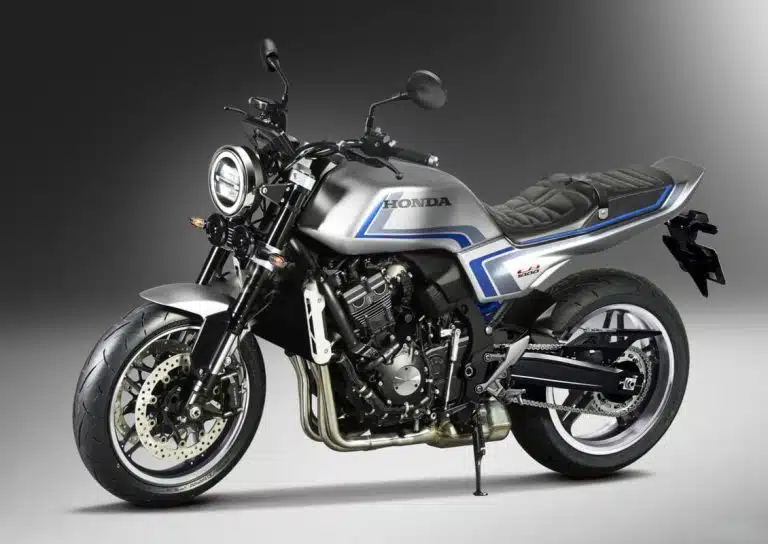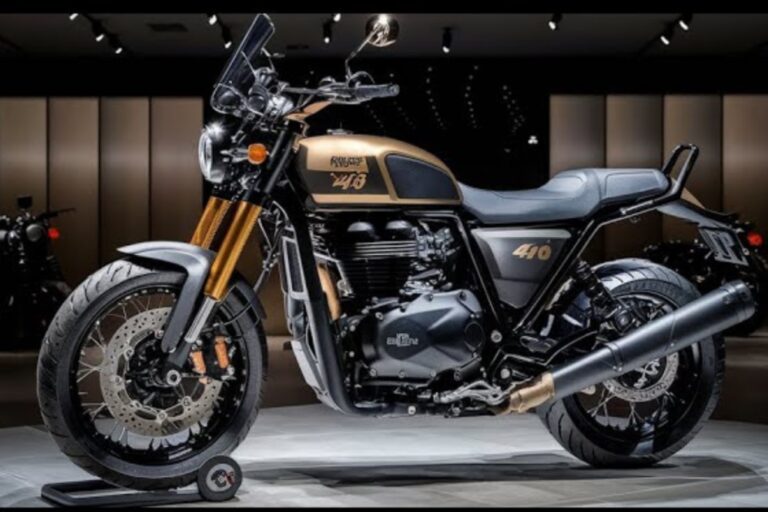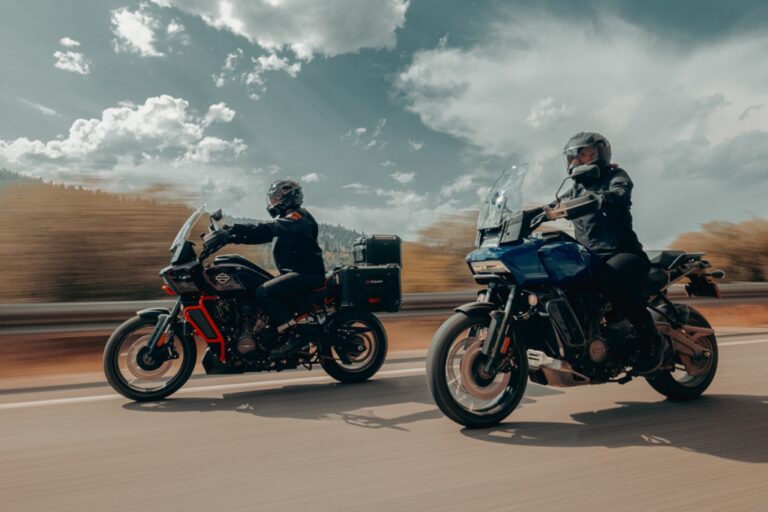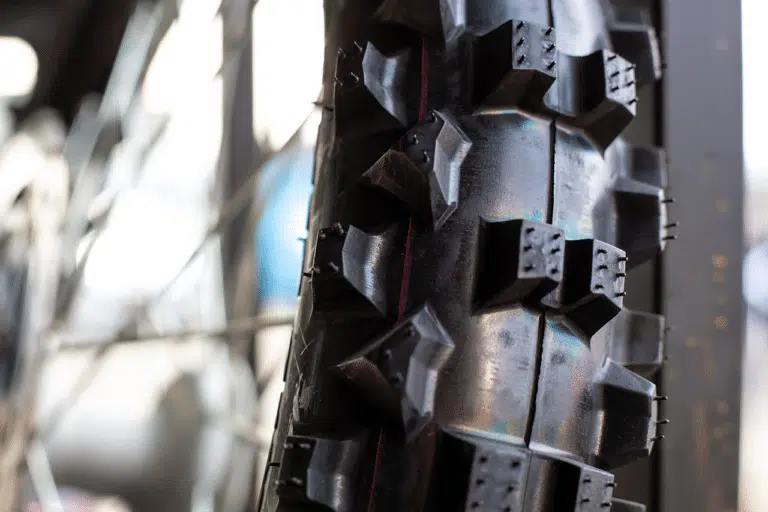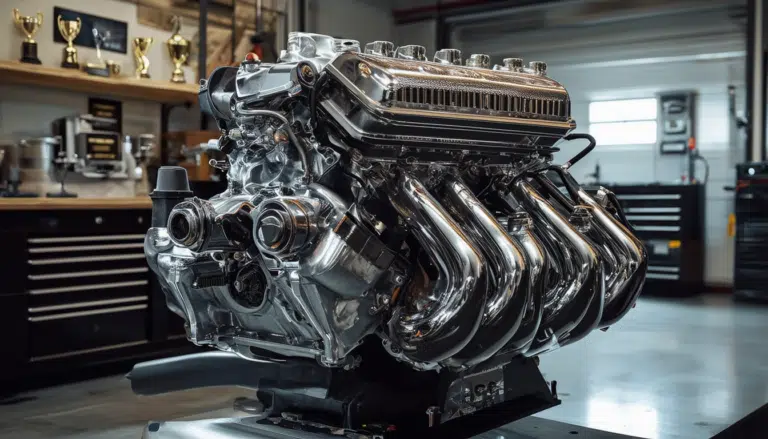Invierno y moto: cómo conducir con precaución en nieve y carreteras resbaladizas
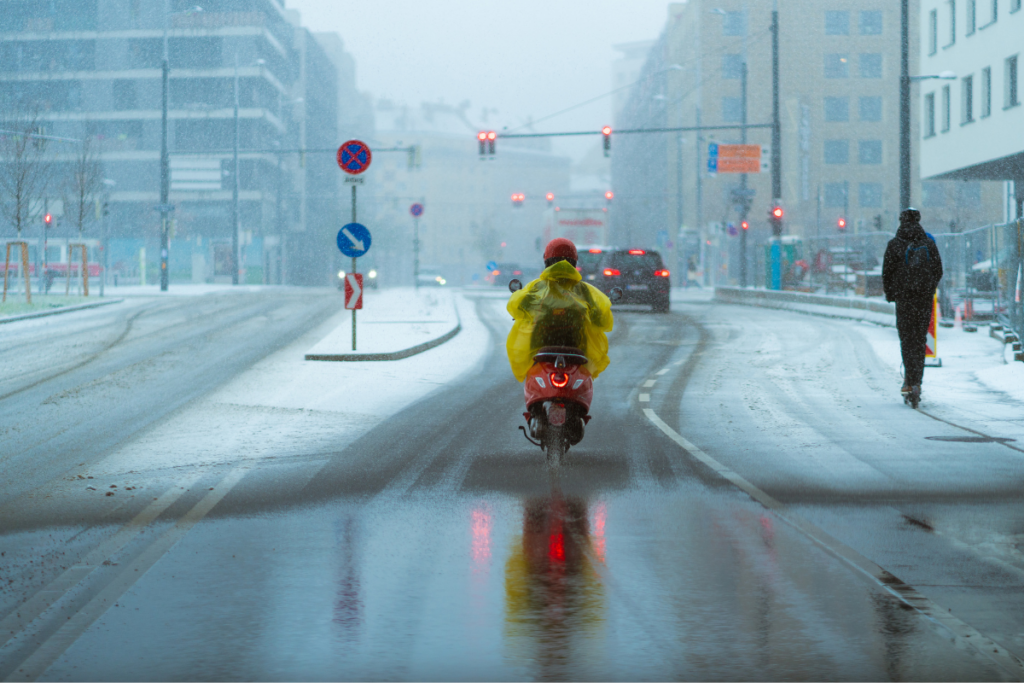
When the thermometer starts flirting with zero, riding your motorcycle becomes a true challenge. Biting cold, treacherous ice patches, deceptive snow… Winter does not mess around with motorcyclists. But don’t let your machine gather dust in the garage! With a bit of preparation and the right gear, you can keep devouring kilometers, even in the dead of winter. So, are you ready to challenge the frozen season?
Winter hazards: well-hidden traps
Winter is not just a matter of cold. It’s also about capricious roads. As soon as temperatures drop below zero, watch out for ice that likes to hide where you least expect it: on bridges, freeway ramps, and areas exposed to the wind. These infamous “thermal bridges” retain their frost much longer than the rest of the road. Add slippery road markings to this, and you get the perfect cocktail to test your reflexes.
And on the highways often swept by the wind? Not much better! Grip can change in the blink of an eye. In short, stay alert, keep a hawk’s eye, and ride as smoothly as a well-oiled guitar riff.
Winter riding: a technique of professionals
Riding your motorcycle in winter is an art. No wide-open throttle or harsh braking. Here, smoothness is key. Telmo, a veteran on the handlebars, puts it clearly: “I prefer the rear brake to maintain control and avoid unpleasant surprises.” Riding on snow is a bit like drifting on ice: every movement must be measured.
Motorcyclist tip: ride in the tracks left by cars. Snow is often less present there, which improves your grip. But be careful, the white lines and other markings on the ground are like soap under your tires. And to maximize grip, consider slightly deflating your tires or, even better, use winter tires. Yes, they cost a bit more, but between us, they can prevent you from ending up freestyle in the ditch.
Watch out for other road users
In winter, it’s not just the elements that test you. Other vehicles can also cause problems. For example, trucks can carry ice patches on their tarps, which can come loose and fly straight at you. And let’s not even talk about the chunks of compacted snow that fall off car wheels… Real projectiles!
So, keep your distance. No tailgating cars or trucks. A little space can make the difference when a piece of ice decides to play missile.
Gear, your best ally against the cold
To ride in winter, it’s best to dress like an Arctic motorcyclist. Thermal underwear, a really warm jacket, and insulated gloves are the winning combination. Waterproof boots and technical socks also deserve a place in your cold weather arsenal. Want to go a step further? Heated gloves and grips turn your frozen rides into almost comfortable moments.
And for those who do long distances, consider using mittens to protect your hands and a windscreen to prevent cold air from filtering through. Add a tall windshield or a deflector, and you’ll be ready to face the wind without flinching.
Winter tires: the luxury that can save your skin
If you ride a lot in winter, investing in snow tires is not a luxury. With their silica-enhanced compound, they remain flexible even in glacial temperatures. Below 7°C, they offer much superior grip compared to regular tires. Sure, they are a bit pricier – about 20 to 25% more, but between good stability and an unexpected slide, the choice is simple.
That said, if the road is covered by a good layer of snow, it might be best to play it safe and leave the motorcycle in the garage. Because a fall in the snow is never pleasant.
Is it better to leave the motorcycle at home sometimes?
Let’s be honest: there are days when it’s better to leave your faithful steed in the garage. When the mercury drops below -5°C, riding becomes a real challenge, even for the boldest. Hypothermia, widespread ice… Sometimes, it’s better to know when to call it quits and opt for another means of transport. After all, it’s better to miss a ride than to damage your bike or, worse yet, yourself.
“`
